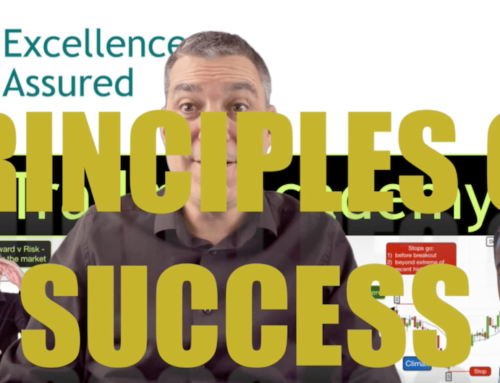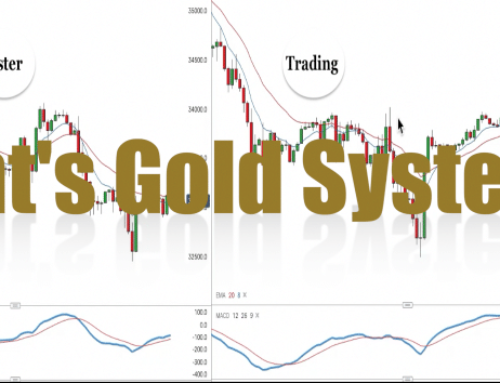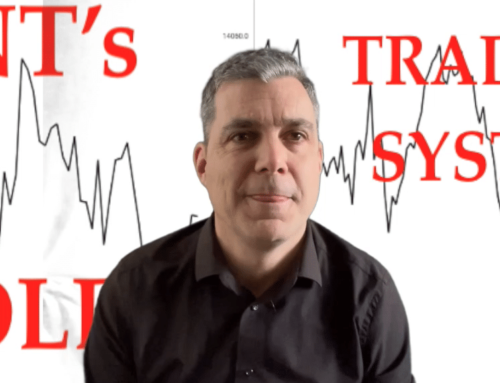All traders must look for Context, Content and Confluence – Do the Duck Test. This is the second essential component to successful trading.
Beginners tend to learn certain candlestick patterns or a chart pattern or an indicator behaviour and think that they can just look out for it to appear on their chart, take their trades and that it will be Game Over. A win to them.
They are right about one thing, it will be Game Over. Game Over for their trading account!
Successful trading is slightly more complex than that and it involves taking opportunities involving several different components saying the same thing at the same time.
I have spent hours and hours testing candlestick patterns, chart patterns and indicators and there is no consistency in their patterns. They work sometimes and not others. There is no magic formula involving any one tool that works sufficiently well to enable traders to rely on them on their own to produce profitable results.
Successful trading strategies involve the use of several tools and resources at once and employing them together to form a strategy that works consistently.
All information on a trading chart is produced by price action and volume, and it is possible to just use price action on its own but you will also need to pay close attention to additional factors like support and resistance levels, trends and trendlines rather than just the candlesticks or price lines themselves.
When several factors all say the same thing on a trading chart then you can say that you have “Confluence” for your trade.
Your trades must have each of the three aspects: Context, Content and Confluence to be effective within a profitable trading strategy.
What we are talking about here is doing the Duck Test on your trades.
The duck test taps into the potential of the human brain to use intuition to deduce a likely outcome.
It has been use to identify possible criminals in the US, and by the UK HMRC as a test for how they may identify a Company for tax purposes.
The Duck Test goes like this:
If it looks like a duck, swims like a duck and quacks like a duck then it is probably a duck!
Does the trade setup have context, content and confluence – this is the same principle!
Let’s look at Context in terms of trading first then:
Context is something that gives you a guide as to where price is currently in relation to where it has been in the past and the type of trading conditions that the market is in.
In terms of market conditions, I am talking about, is the market trending upwards, downward, or is it in a range? If it is in a range, then how wide is the range? If it is trending then what stage of the trend is it in? Is it in breakout phase? Is it in the trend channel phase?
I’m going to go into more detail on these type of things later but this is important to be aware of because it will allow you to put the current price level in context with previous prices and help you judge the probability around the likely direction that it will take in the future.
Is price around and about its mean value? Is it overbought or oversold in relation to where it has been and what is has been doing in the past? Again this helps to provide a judgement on probability around where it will go next – up, down or stay at a similar level. More on this later.
Are there any previous highs or lows at the same level that price is currently at? In certain circumstances this may lead to the market reversing, in other cases it will merely pause here before carrying on its journey.
Content
Content is gained from the content of the price bars or candlesticks and the combination of content in interpreting several price bars together.
Here I am referring to things like candlestick patterns. Single bar candlestick patterns like Engulfing candlesticks, Pin bars and Dojis. I am also referring to combination patterns like Fakeouts, Morning/Evening Star patterns, several concurrent bull or bear candlesticks, and such like.
Content is also gained by examining the movement of groups of candlesticks. Are they making higher highs and higher lows, indicating an uptrend movement? Or lower lows and lower highs indicating a downward movement? What about the closes on bull bars and the closes on bear bars: Is the market getting stronger or weaker in one particular direction or is it in relative balance?
Confluence
Confluence, as I have already said is gained when several indicators or several things say the same thing at the same time.
When you make a judgement on what you think the market is going to do, ask yourself the question, “What else is there that agrees with my analysis? What else is there to back up my thinking?”
Confluence can be gained from all sorts of things like Chart Patterns, Value extremes, Indicators, Risk and Reward opportunities in relation to position size, your max-win and max-loss rules, Higher Timeframe analysis, Dow Trend Change analysis, the position that the market is in relation to the market cycle, etc.
As long as you have something tangible and measurable that also agrees with your trade or market analysis then you have confluence.
Confluence adds weight to the probability that your assessment is correct.
When you have context, content and confluence all aligned in one direction then you have a potential trading opportunity. Your trading strategy should include criteria and rules for each one of these things. If it has then it has a good chance of being successful and profitable.







Leave A Comment